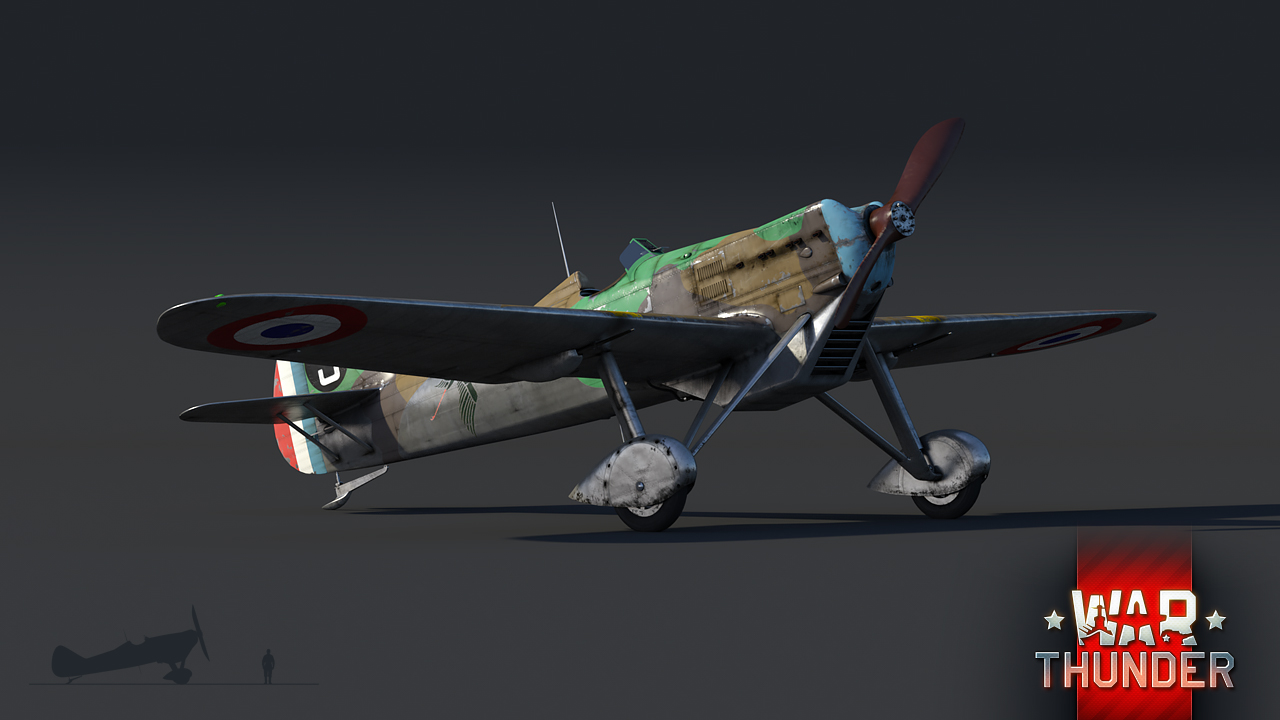
Nov 21, 2017
War Thunder - TheShaolinMonk

The LeO 451 is a French medium bomber, developed in the mid 1930s as part of a plan to increase the numbers of strategic bombers within the ranks of the newly formed Armée de l'air. Although showing favorable performance during the Invasion of France in 1940, insufficient numbers meant that the aircraft couldn’t be used to its full potential. Nonetheless, the LeO 451 saw action throughout WW2 and continued to be used up until the late 1950s. Now that the LeO 451 has found its way to War Thunder as well, let’s take a closer look at what this very capable little French bomber has to offer.
Development of the LeO 451 began in the early 1930s, after the newly formed Armée de l'air issued the so called Plan I, intended to increase the number of modern military aircraft available to the French Air Force. As part of this plan, the young Air Force was keen on expanding and developing their strategic bombing branch. However, as the already available bombers, such as the Farman F.221, were considered unsuitable for the needs of the Air Force, a set of specifications was issued for the development of a brand new bomber. Among other aircraft manufacturers, Lioré et Olivier (which would be nationalized as part of SNCASE) also submitted their LeO 45 design. Being a long-time supplier to the French Air Force, Lioré et Olivier had a reputation of building reliable and effective bombers dating back to WW1. Thanks to this, the further development of the LeO 45 was approved. The first prototype (LeO 45-01), powered by a pair of Hispano-Suiza engines, took flight on 16 January 1937. Despite showing some minor issues, the LeO 45 prototype displayed excellent performance. A second prototype, equipped with a pair of Gnome-Rhone engines was also constructed and subsequently designated LeO 451-01. Testing of the 451 prototype began in October 1938.


All in all, the LeO 451 is a more than capable bomber, surprisingly effective in both offense and defense. Whilst its small size might make the enemy underestimate its capabilities at first, at the very latest when the 20mm dorsal cannon starts firing back and the pilot pulls unexpected tight turns in an effort to shake the pursuer off, they will realize how wrong they actually were. These qualities combined make the LeO 451 not only a very valuable asset to any team in air battles, but also provide for some great fun for the players piloting it. Tried the LeO out yourself, or have you already fallen victim to it? What are your experiences with the LeO 451 so far? Feel free to share them with other players in the comments below. Until next time pilots!
For more information, read the full Dev Blog article on the Official War Thunder Forums!















